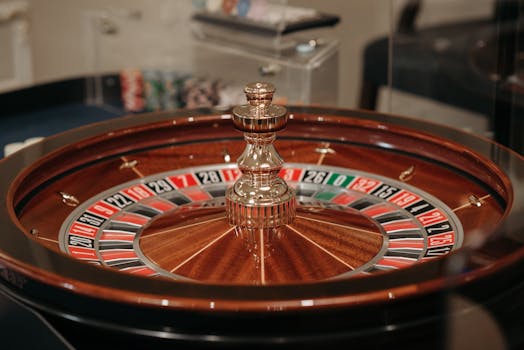How Digital Art Has Transformed Slot Game Development
In the world of gaming, the digital revolution has made a profound impact, particularly in the development of slot games. This article will delve into how digital art has transformed slot game development, offering a clear explanation of the topic, an overview of the main approaches, a comparison of their pros and cons, and providing practical examples.
Introduction to Digital Art in Slot Games Digital art involves the use of digital technology in the creation, presentation, and performance of artistic practices. In slot game development, digital art has not only enhanced the aesthetic appeal but also improved the functionality and user engagement. This transformation has been pivotal in keeping the gaming industry innovative and competitive.
Enhanced Graphics and Animation One of the main approaches in incorporating digital art into slot games is through enhanced graphics and animations. The use of 3D graphics and high-definition visuals makes the games more appealing and interactive. Digital artists can create intricate designs and animations that mimic real-life objects and characters, thereby enhancing the gaming experience.
Advantages: Enhanced graphics and animations make the games more engaging and can attract a wider audience. Disadvantages: Higher quality graphics often require more resources, such as advanced hardware and increased development time, which can be costly.
Interactive Gameplay Elements Another approach is the integration of interactive gameplay elements. Digital art has enabled developers to include complex storylines and characters that interact with the player, making the slot games more immersive.
Advantages: Interactive elements increase player engagement and retention. Disadvantages: Developing interactive features can be complex and requires skilled artists and programmers, increasing production costs.
Incorporation of Virtual and Augmented Reality Virtual reality (VR) and augmented reality (AR) are cutting-edge technologies that have been adopted in slot game development. These technologies allow players to experience a fully immersive environment that traditional art could never provide.
Advantages: VR and AR offer a unique gaming experience that can significantly attract tech-savvy players. Disadvantages: The cost of VR and AR development is high, and it requires players to have access to specific hardware.
Practical Examples A notable example of digital art in slot games is NetEnt’s Gonzo's Quest, which uses 3D graphics to bring the character of Gonzo to life. Another example is Microgaming’s use of storyline integration in their slot games like Avalon II, which features detailed backstories and character interactions.
Conclusion Digital art has indeed transformed slot game development by enhancing visual appeal, interaction, and immersive experiences. While there are higher costs associated with advanced digital art techniques, the benefits in terms of player engagement and market differentiation are significant. For developers, investing in digital art capabilities is essential to remain competitive in the dynamic gaming market. For players, the evolution of digital art in slot games means more thrilling and engaging gaming experiences.
As digital art continues to evolve, it will undoubtedly bring even more exciting developments to the world of slot game design. For those interested in the latest in gaming technology, keeping an eye on these advancements is highly recommended.
In conclusion, digital art has fundamentally changed how developers create slot games and how players experience them. It’s a dynamic field that continues to push the boundaries of creativity and technology in gaming.

.png)





